I just decided to redo one of my TIP122 Transistor Switching Circuits (mainly because I needed a break from working - there is nothing wrong with the 2 that are already in my Hearoid). So now's as good a time as any to do a small tutorial
This has become an evolving tutorial with additional information and options available being added. The change log at the end of this post explains changes made. Any additional information will be added as and when discovered.
Parts needed: 1 x TIP120 or TIP122 Darlington Transistor or IRL3103PBF Mosfet (see notes at the end) 1 x 1k ohm Resistor 1 x Small Piece of Strip Board (7x5 holes) 1 x Pin Header (1x2) 1 x servo Extension Solder Soldering Iron Cutters
Extra parts needed (if inductive load): 1 x 1n400x Diode as required
Search for part numbers in google or ebay or use your preferred supplier.
The Schematic:
Underside of Board:
The optional connections are for Diode D1 covered at the end of this post.Method:
Solder the TIP transistor to the strip board so each pin is on a separate strip of copper
Solder the resistor from the Base of the transistor to a spare copper strip
Cut off the end of a servo Extension and strip back the wires
Solder the Black wire of the servo Extension to the strip connected to the Emitter of the transistor
Solder the White wire of the servo Extension to the strip connected to the end of the resistor (not the transistor end)
Solder the Red wire to a spare copper strip
Use a small off cut from the servo Extension and solder one end to the strip of the Collector of the transistor
Solder the other end of the off cut to a spare copper strip next to the Red wire.
Solder the Pin Header to the copper strips with the red and black wires soldered
Job done. Plug the servo Extension in to a Digital port on the EZB and connect the circuit that needs switching to the Pin Header, I do this with another servo Extension (as I have hundreds of them)
Or a JST connector works very well also
Adding the Diode If using the circuit for a motor or other inductive load a diode needs adding between the transistor Collector and Emitter. This is easily added in to the above circuit.
Bend the leg on the Diode so it will fit though 0.1" hole spacing
The band on the diode is to connect to the Collector and the other end to the Emitter. It will drop in to two spare holes.
Solder in place and cut off the excess legs.
All done. You should have something like this.
Additional notes You may also use a Mosfet for this switching circuit. A IRL3103PBF mosfet can replace the TIP120/122 Darlington transistor. The circuit is the same however the pins on a Mosfet are named Gate, Drain and Source. The mosfet fits in the same place as the Darlington with the Gate to the left (replacing the Base of the Darlington).
Updates:
Edit 1 (2013.03.07): Underside of board diagram added.
Edit 2 (2013.03.07): For some circuits a diode is needed as shown in the first schematic. The board here does have space for a diode (C4 to D4 - would have to be with legs bent to accommodate 0.1" spacing) however I have not shown one - watch this space
Edit 3 (2013.03.07): Underside of board optional connections for D1 added.
Edit 4 (2013.03.07): Added diode information.
Edit 5 (2013.03.18): Added IRL3103 Mosfet information.
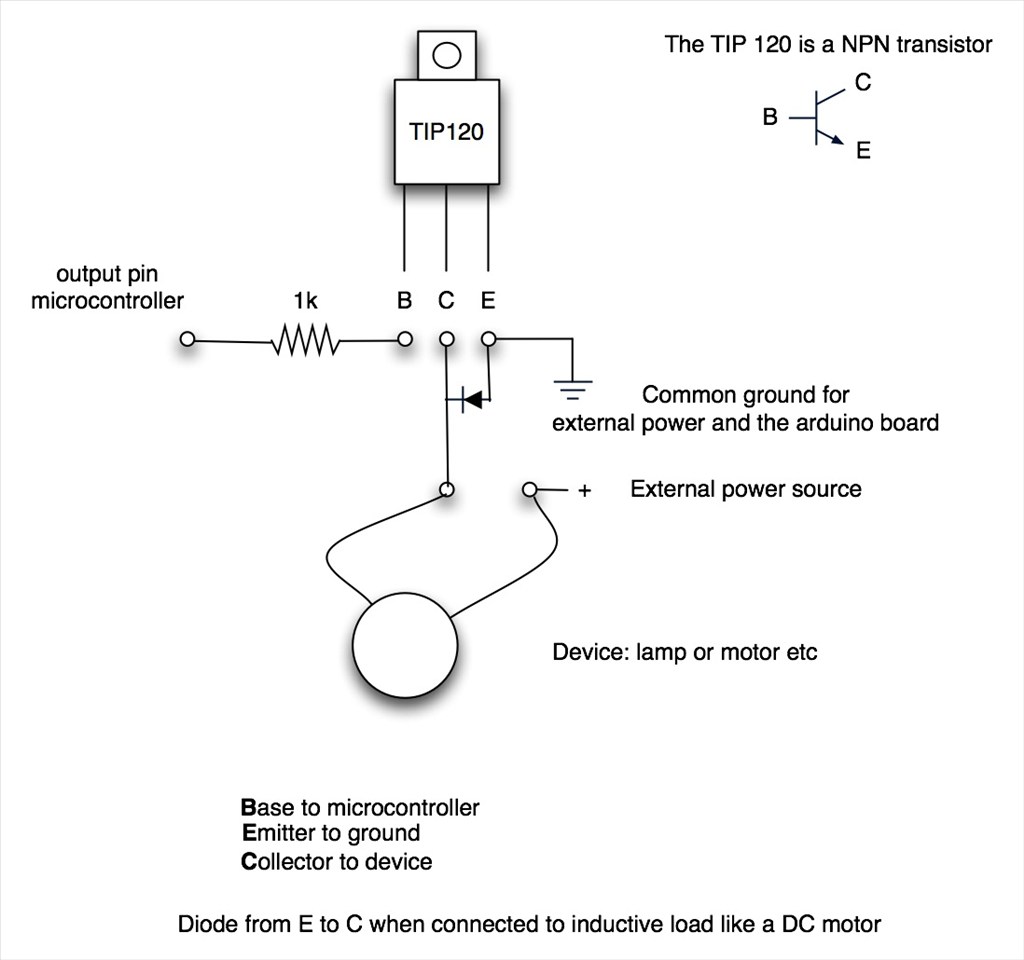
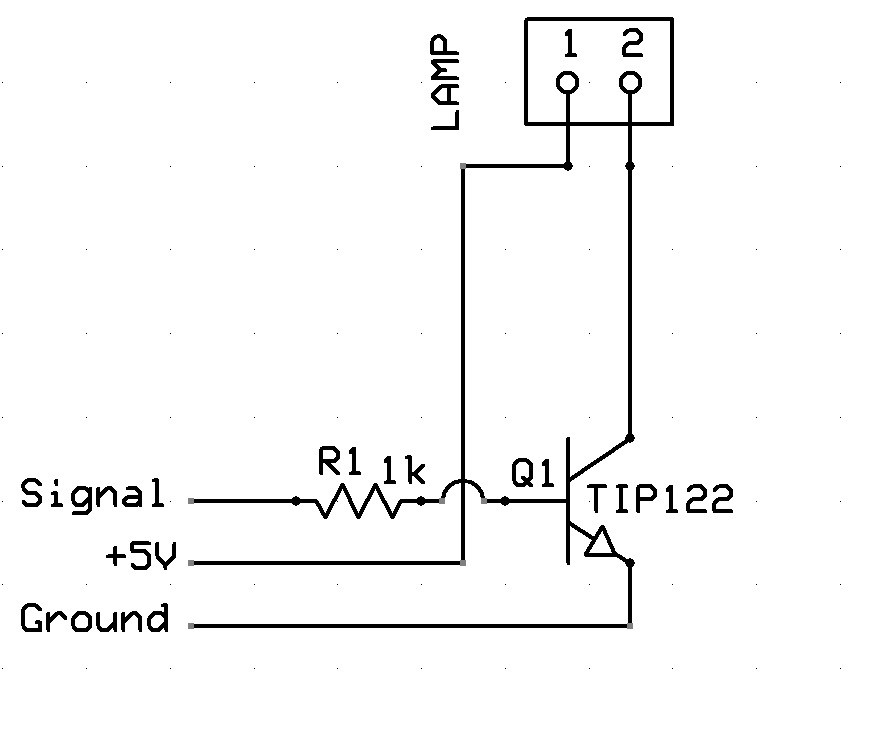
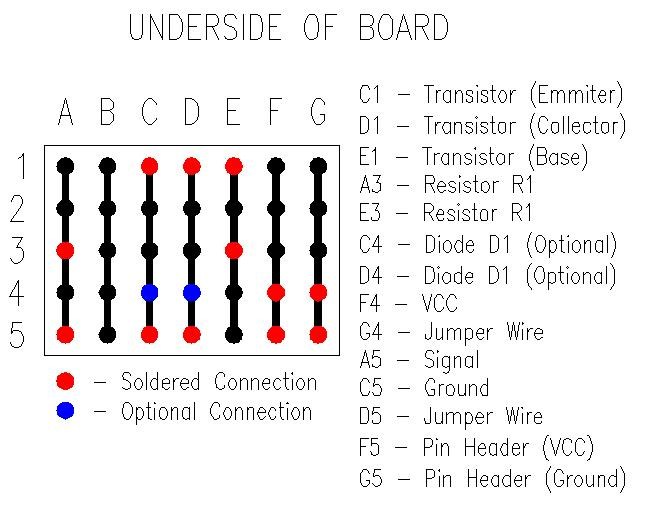

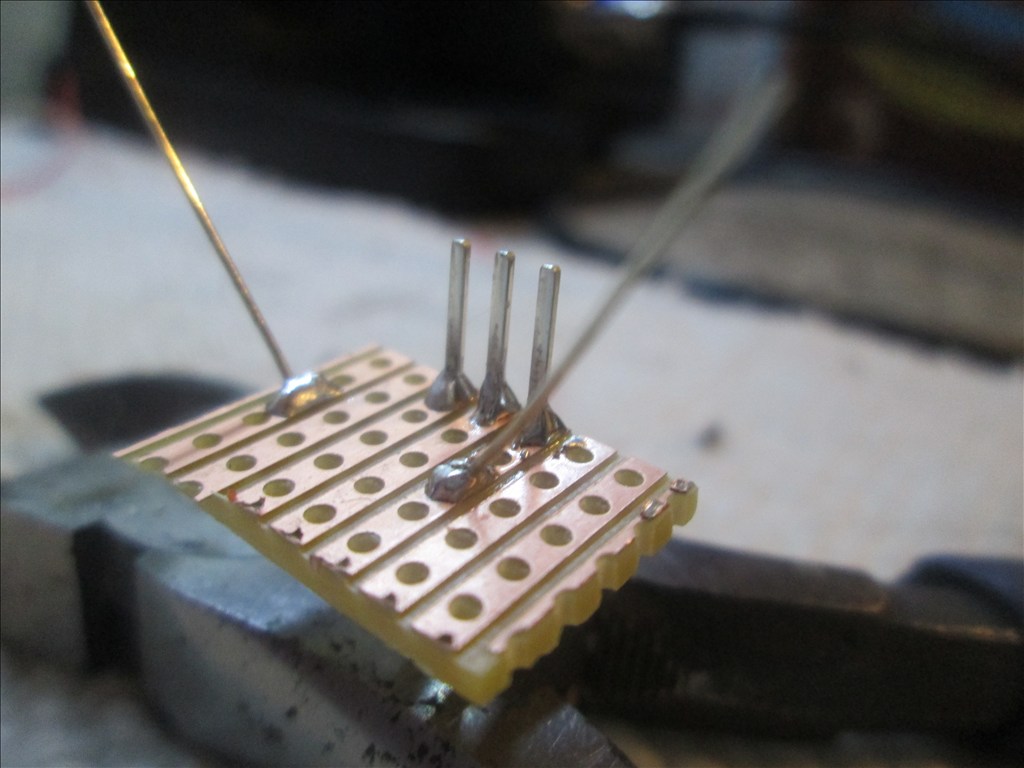
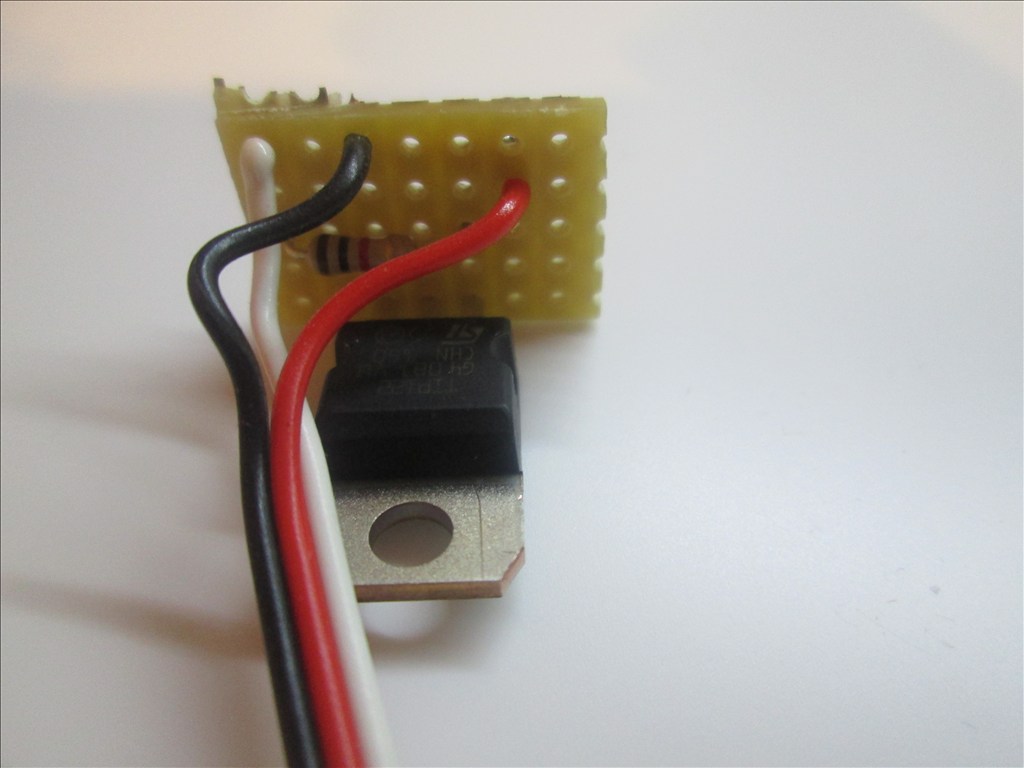
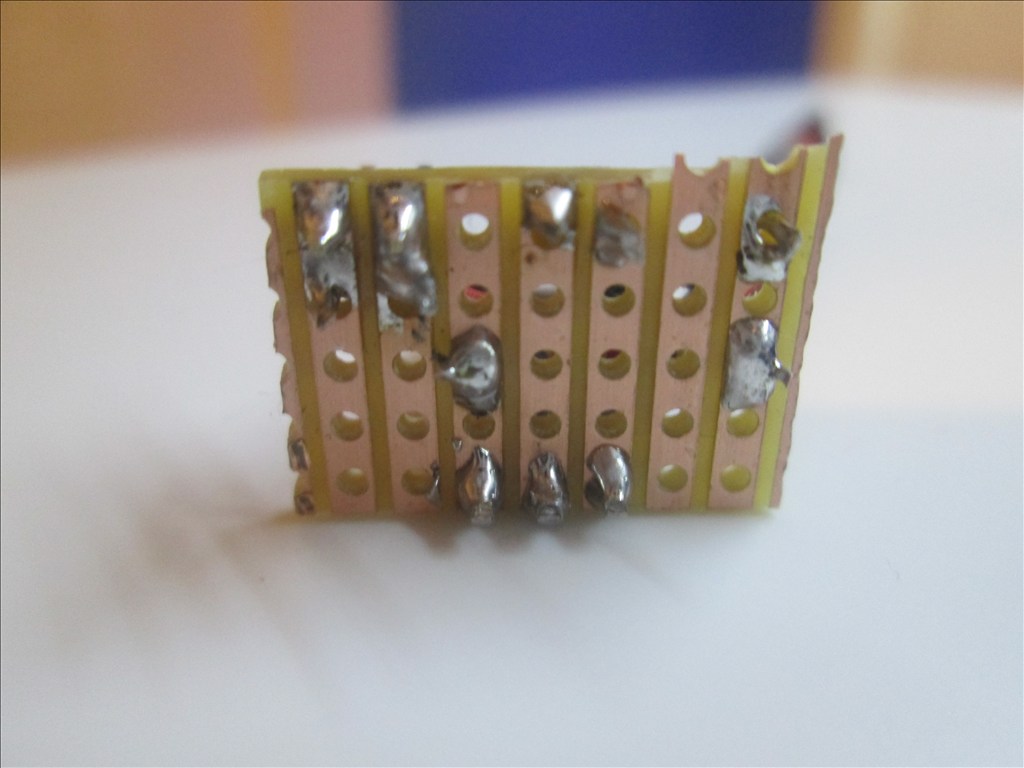
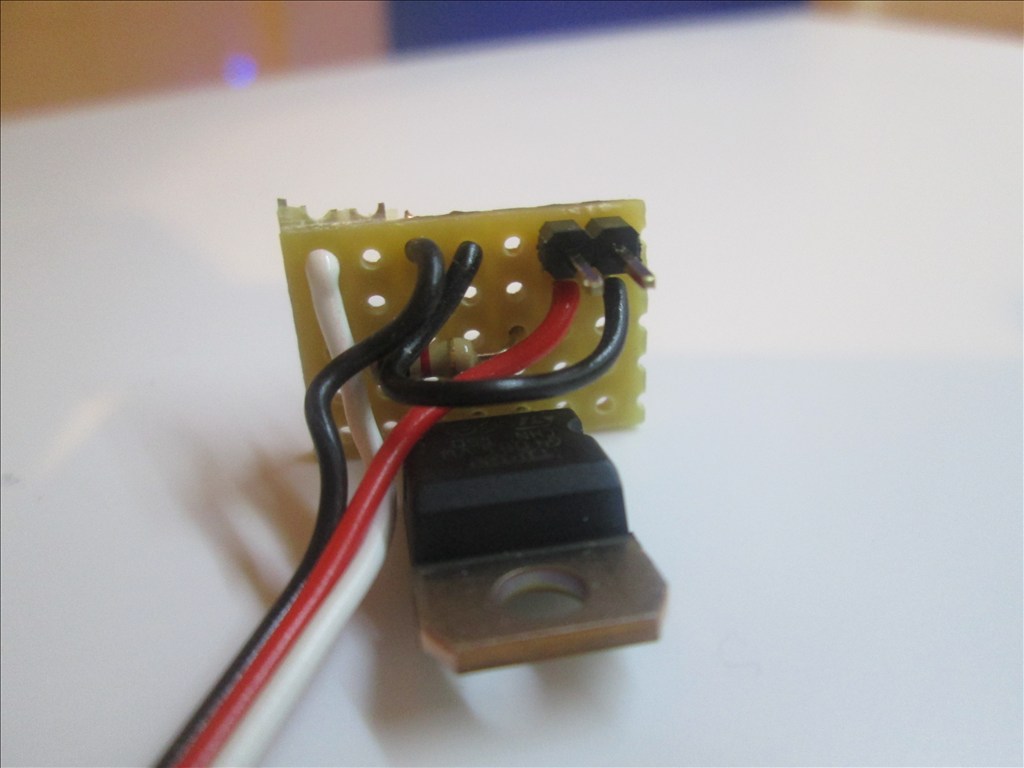

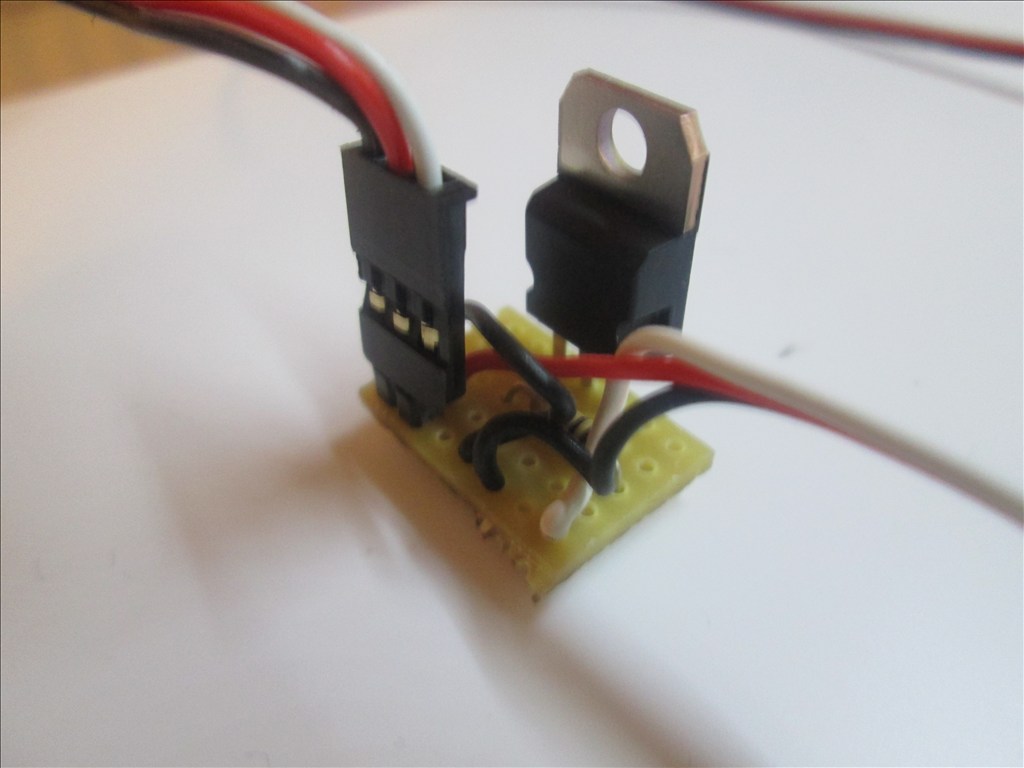
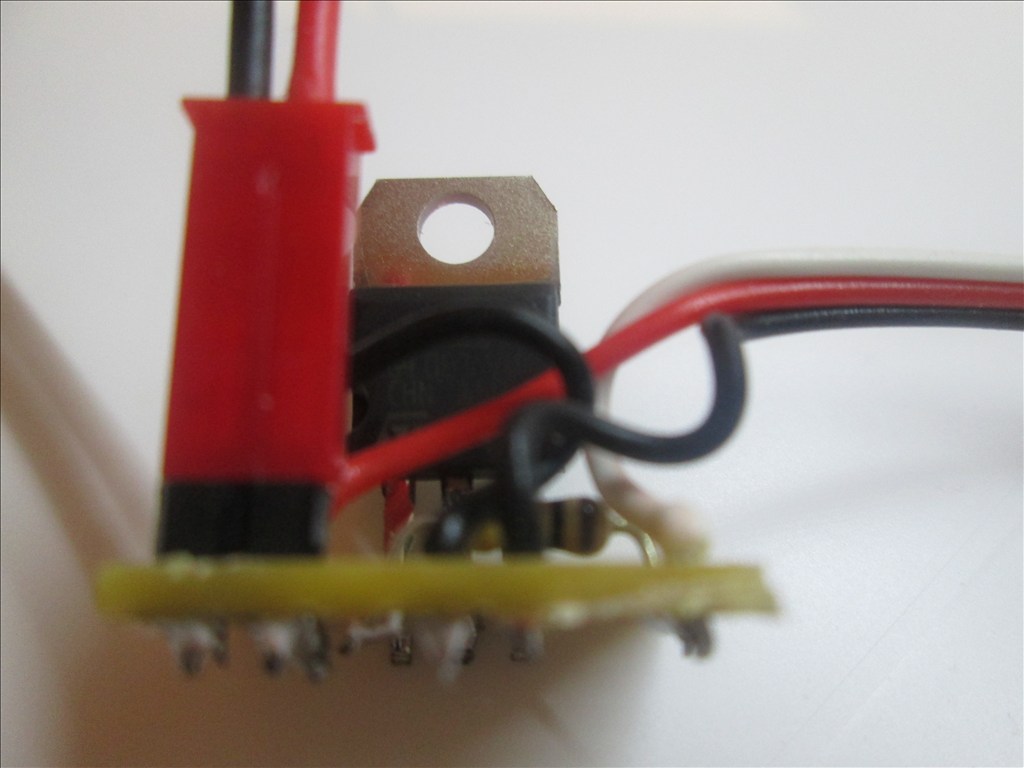
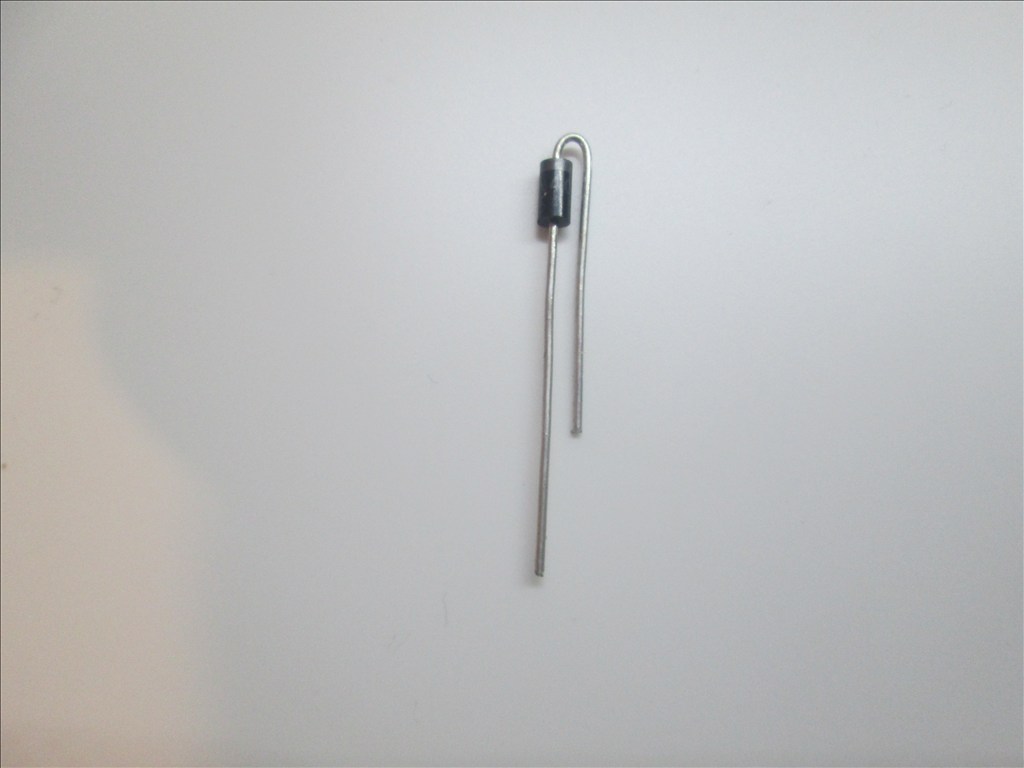
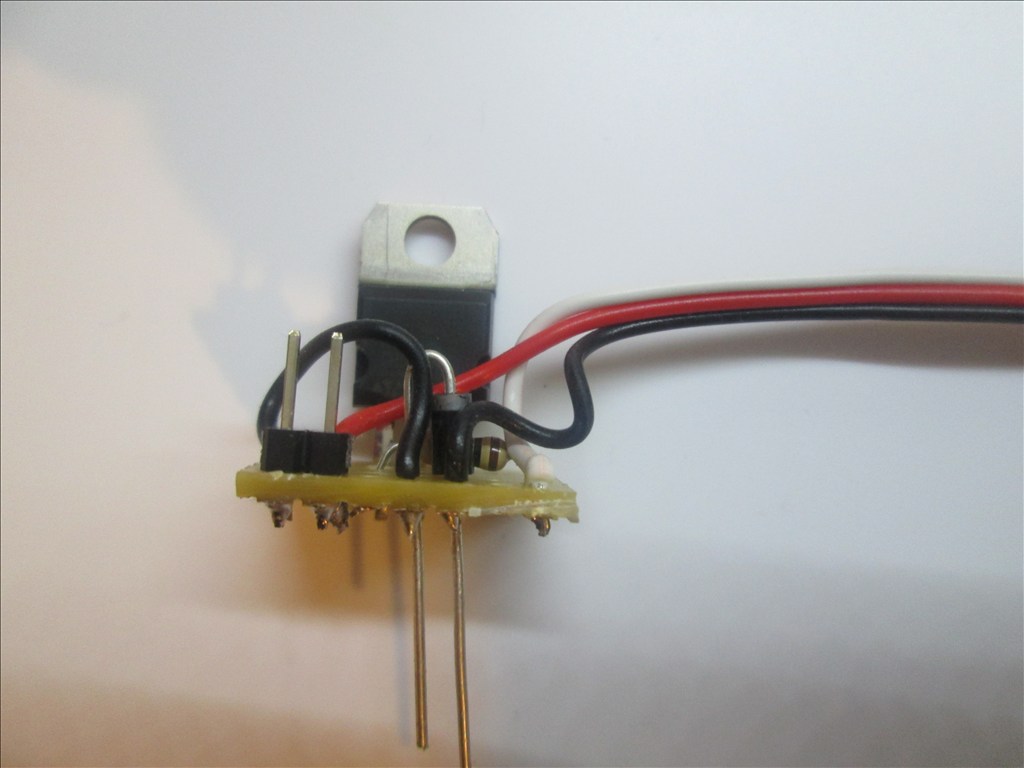
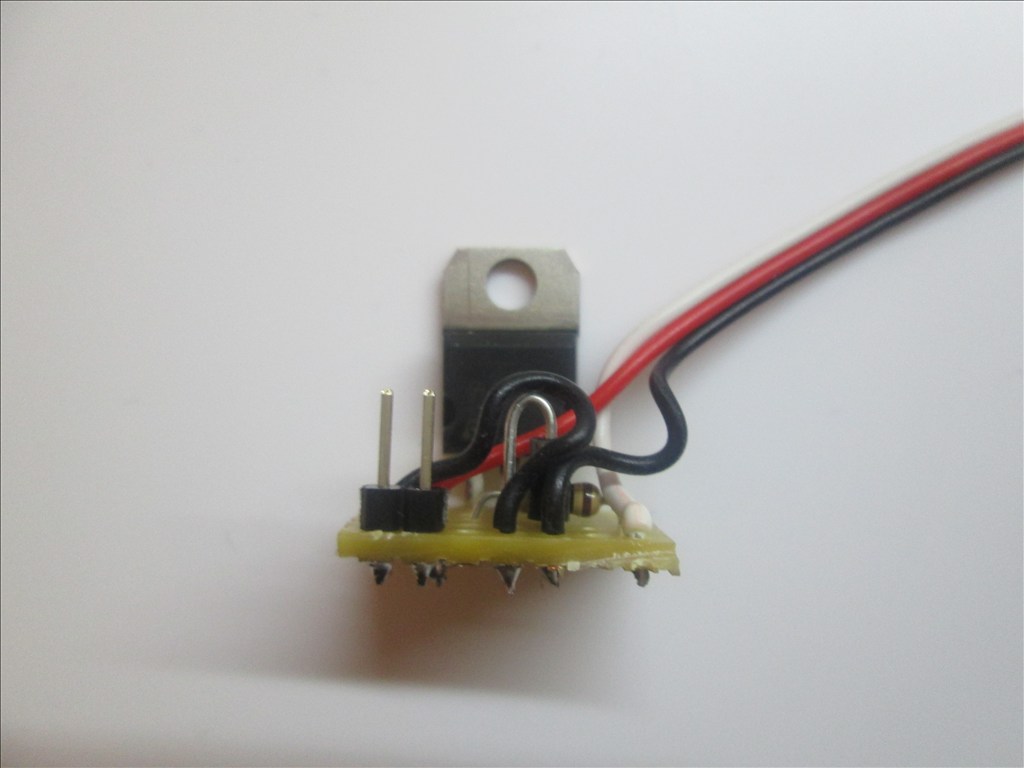
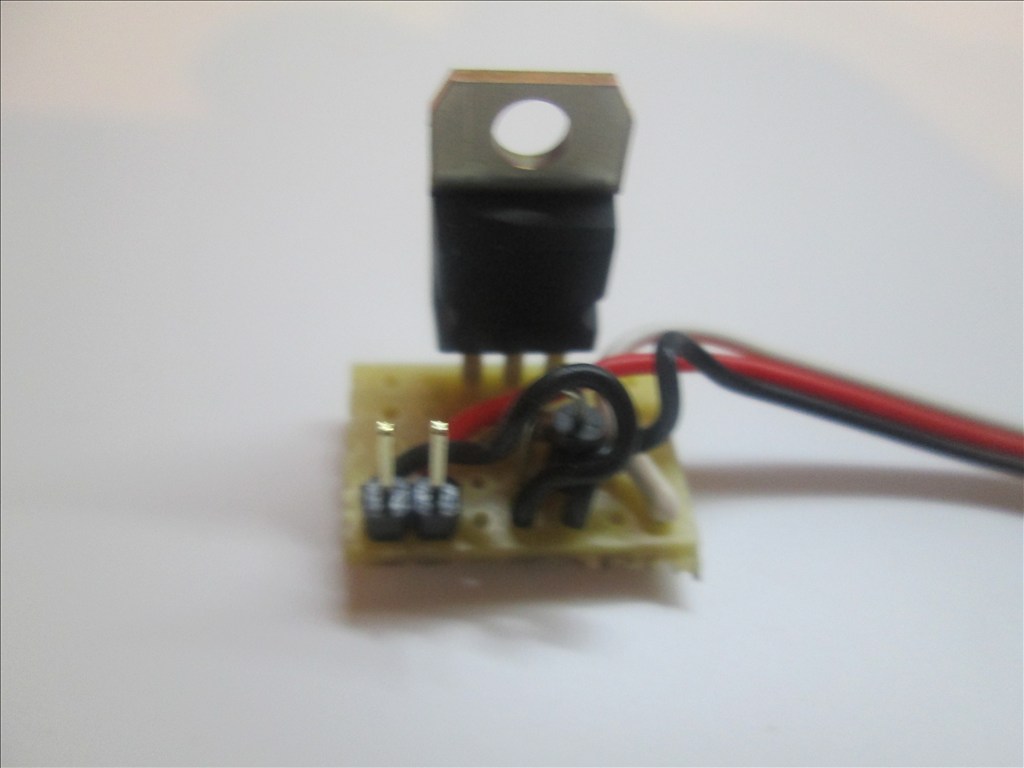

I do noticed something ,almost every idea or design i come up with ,you dont like it and always have something bad to say about it BUT YET i made some many good comments on your design.
NOT once did you.
Useless post, please ignore.
YOU can say its wrong ,YOU HAVE YOUR OWN Opinion Just like you say something thats wrong i will comment on it and explaining why its wrong too.
Useless post, please ignore.
MINE ARE FACTS ,yours are opinion and can easy prove like i did on inductive kickback.
Everything i said like on mosfets or zeners can easy be check to see i am right.
sorry not my post to add that comment had to re-edit it and copy to mine
Here are a couple of sources for compatible boards if you don't want to build from scratch. Beware that you still need the required protection for inductive loads. Also check the specifications to see if it will work for your application.
Link1
Link2
Full disclosure: I have not used either.
Thanks for the links Troy, they look like they would do the job although cost more than the proto-board method but much easier And uses mosfets which should please someone...
And uses mosfets which should please someone...
TROY very nice links on the mosfet design,makes a lot easy to use them mostly best one is isolated design link 2
One very good item is that no soldering is needed ,it makes it easy for most builders PLus the need to buy a fair big sheet of prefboard.
ONLY drawback is comming from china.
SMALL edit ,i see the first link is really good 52 amps and no heatsink ,might get a few